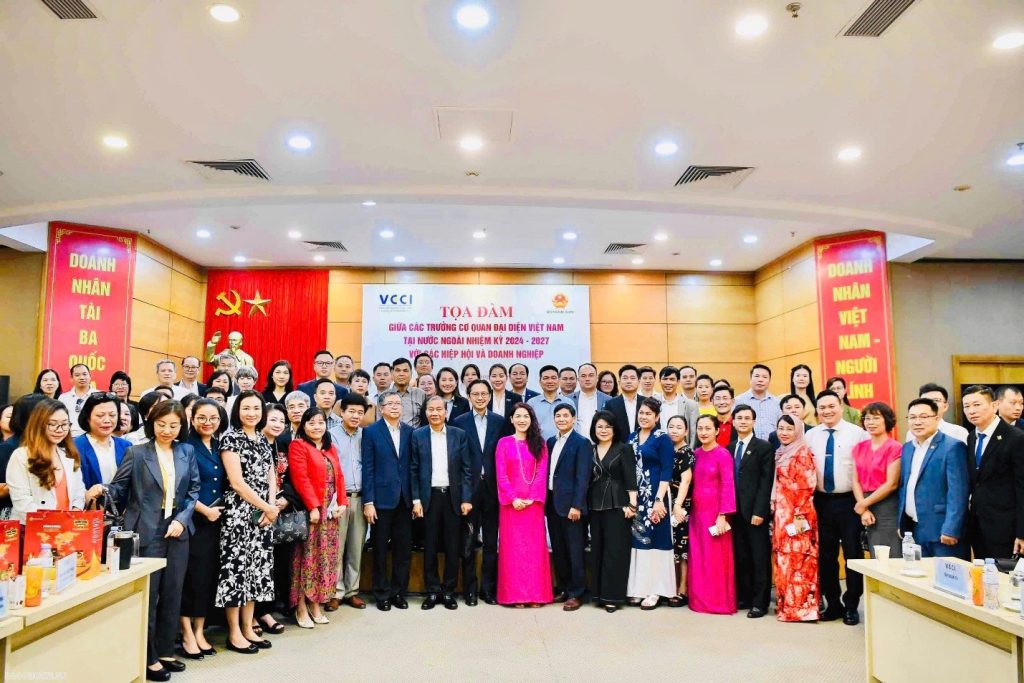FTAs Advantages and Disadvantages
FTAs – advantages and disadvantages
Free Trade Agreements (FTAs) provide countries with expanded access to global markets. Nonetheless, this trade initiative is a double-edged sword, presenting both opportunities and risks.
The principal point of Free Trade Agreements is to secure trade liberalisation. While the traditional debate about FTAs is the danger that they can divert rather than create trade, the record to date suggests there has been little diversion and that FTAs and regional agreements have been effective in encouraging wider trade liberalisation. A practical advantage of FTAs is that they are quicker and easier to negotiate than multilateral agreements because fewer parties are at the table. Parties can secure advantages that are harder to win in bigger forums.
The disadvantages are twofold. If FTAs are not set up within the right framework of policies, they can diminish rather than enhance economic welfare. The second disadvantage is that they are not good vehicles for liberalising trade in sectors on which parties outside the agreement have a major influence…..
FTA
- ASEAN – AEC
- ASEAN – Australia/New Zealand (AANZFTA)
- ASEAN – China (ACFTA)
- ASEAN – Hong Kong, China (AHKFTA)
- ASEAN – India (AIFTA)
- ASEAN – Japan (AJCEP)
- ASEAN – South Korea (AKFTA)
- CPTPP
- RCEP
- Vietnam – Chile (VCFTA)
- Vietnam – EU (EVFTA)
- Vietnam – Eurasian Economic Union (VN-EAEU FTA)
- Vietnam – Japan (VJEPA)
- Vietnam – South Korea (VKFTA)
- Vietnam – The UK (UKVFTA)
- Vietnam – Israel (VIFTA)
- Vietnam – UAE
https://wtocenter.vn/fta
( An Australia -USA Free Trade Agreement: Issues and Implications // www.dfat.gov.au )





